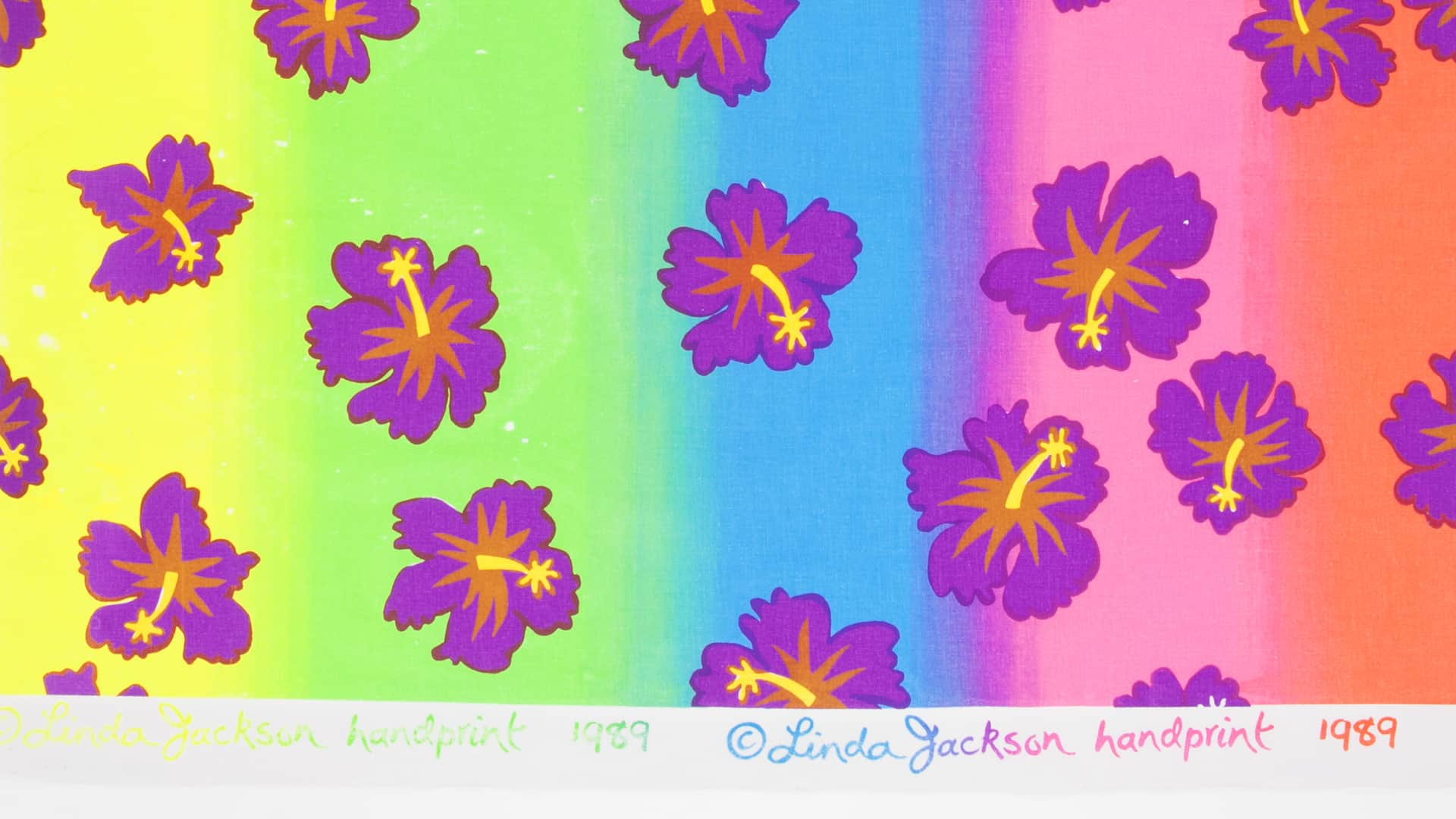
Discover the answers to a range of questions about copyright that may arise during the course of your research.
Copyright provides creators with legal protection of their original literary, dramatic, musical or artistic works. In Australia, copyright protection is free and automatically applied when a new work is created. Australian copyright law is set out in the Copyright Act 1968.
Copyright owners have a number of exclusive rights over their works; this includes the right to reproduce the work, the right to place the work online, the right to be attributed as the creator and in some cases the right of adaptation. For more information on a creator’s rights, see An Introduction to Copyright in Australia information sheet.
In most cases the creator of the work owns copyright in their creation. There are, however, exceptions to this rule which are set out in the Copyright Act, such as employee ownership or transfer of ownership by way of a contractual agreement. For more information, see the guide Ownership of Copyright.
The RMIT Design Archives does not own the copyright in objects held within archive collections.
The RMIT Design Archives has the right (in some cases) to reproduce objects held within its collection through licence agreements with its donors. The RMIT Design Archives is not able to grant a licence for third parties, including researchers, to copy and otherwise re-use records.
In Australia, for both published and unpublished works, copyright generally lasts for the life of the creator plus 70 years.
Where copyright has expired, the original work can be used freely. This is commonly referred to as being ‘in the public domain’.
Copyright durations can vary depending on the type of work, such as sound recordings and films. Refer to the Duration of Copyright information sheet which sets out when different copyright works fall out of copyright in Australia.
Provisions in the Copyright Act 1968 allow the use of copyrighted material without permission in certain circumstances.
One of these provisions is known as 'fair dealing'. Fair dealing allows the use of copyright material for the following purposes:
Students or researchers are able to rely upon using a ‘reasonable portion' of copyright works under the provision of fair dealing.
The Copyright Act states that a reasonable portion under the fair dealing provisions is 10% or one chapter of a book, or one article from any one issue of a journal. If the material is in digital format, 10% of the number of words or one chapter if the work is clearly divided into chapters is considered fair. For artistic works, film/video and sound recordings, there is no simple rule as to how much you can copy for research and study purposes.
When copying under the fair dealing provisions, fairness needs to be considered. The Copyright Act contains fairness factors that need to be taken into account:
Read the guide on copying for research purposes.
When you visit the Design Archives, you will be asked to sign a declaration that outlines your intentions to use material found within archival collections for the purposes of research or study.
It is the responsibility of the researcher to determine if the work you want to copy or re-use requires permission from the copyright holder. It is also the researcher's responsibility to find and obtain permissions from the copyright holder when seeking to publish outside of the limits of fair dealing research and study. Refer to the guide Permission: Do I Need It?
The RMIT Design Archives cannot undertake to find copyright owners on your behalf.
Many works in the RMIT Design Archives collection are protected by copyright. Works which may be protected include, but are not limited to:
For further information about copyright, please refer to the Copyright Act 1968 or consult the Australian Copyright Council.
Information on copyright provided by the RMIT Design Archives does not constitute legal advice. If in doubt, please seek legal advice before copying a work.
Acknowledgement of Country
RMIT University acknowledges the people of the Woi wurrung and Boon wurrung language groups of the eastern Kulin Nation on whose unceded lands we conduct the business of the University. RMIT University respectfully acknowledges their Ancestors and Elders, past and present. RMIT also acknowledges the Traditional Custodians and their Ancestors of the lands and waters across Australia where we conduct our business - Artwork 'Luwaytini' by Mark Cleaver, Palawa.
Acknowledgement of Country
RMIT University acknowledges the people of the Woi wurrung and Boon wurrung language groups of the eastern Kulin Nation on whose unceded lands we conduct the business of the University. RMIT University respectfully acknowledges their Ancestors and Elders, past and present. RMIT also acknowledges the Traditional Custodians and their Ancestors of the lands and waters across Australia where we conduct our business.